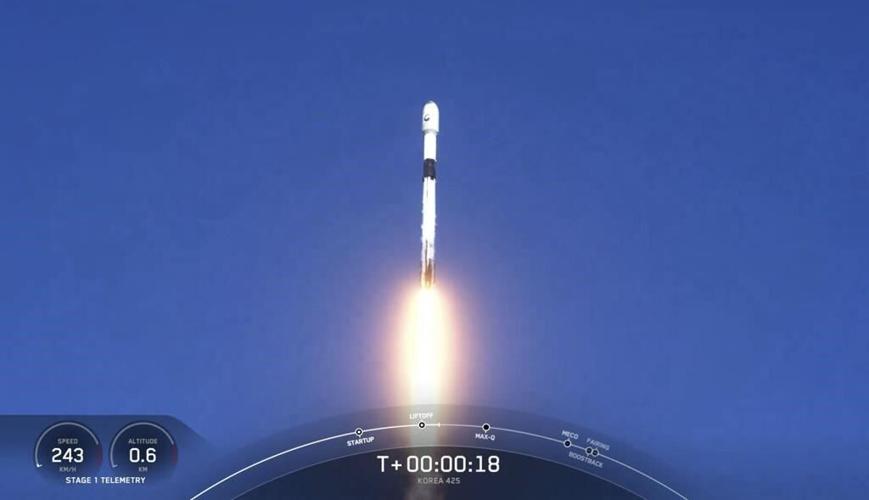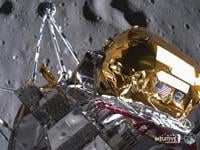VANDENBERG SPACE FORCE BASE, Calif. (AP) — South Korea launched its first military spy satellite into space Friday, a little over a week after North Korea claimed to put its own spy satellite into orbit for the first time as tensions rise between the rivals.
Launched from California’s Vandenberg Space Force Base using SpaceX’s Falcon 9 rocket, it was the first of five spy satellites South Korea plans to send into space by 2025 under a contract with SpaceX. The event had been scheduled for earlier in the week but was .
South Korea had no military reconnaissance satellites of its own in space and has partially resorted to the United States’ spy satellites to monitor moves by North Korea.
South Korea’s Defense Ministry described the launch as successful, saying the satellite had a communication with an overseas ground station.
A ministry statement said the launch allowed the South Korean military to acquire an independent space-based surveillance system. It said the satellite would also help bolster the military’s preemptive missile strike capability, a key part of its so-called three-axis system that includes missile defense and massive retaliatory capabilities.
After two launch failures earlier this year, North Korea said it successfully placed its Malligyong-1 last week. North Korea has since said its satellite had transmitted imagery with space views of key sites in the U.S. and South Korea, including the White House and the Pentagon. But it hasn’t yet released any of those satellite photos.
U.S. and South Korean officials confirmed the North Korean satellite entered orbit, but many outside experts question whether it can send militarily useful high-resolution imagery.
The North Korean satellite launch sparked immediate, strong condemnations from the U.S., South Korea and others. Multiple United Nations Security Council resolutions ban any satellite launches by North Korea, viewing them as covers for testing its long-range missile technology.
, saying it has sovereign rights to launch spy satellites to cope with what it calls increasing U.S. hostilities. It said it would also launch additional ones.
On Saturday, North Korea’s Defense Ministry threatened to take unspecified steps to eliminate or undermine the capabilities of U.S. spy satellites in protest of what it called the “rubbish” comments by an unspecified U.S. Space Command official that hinted at an attack on the North Korean satellite. The North Korean ministry said it would consider such an action a declaration of war.
The North's statement followed remarks by Sheryll Klinkel, a public affairs officer for the U.S. Space Forces that were carried in Radio Free Asia, a U.S. government-funded news service, earlier in the week.
Asked whether the United States has the ability to block the operation of North Korea’s spy satellite, the RFA report quoted Klinkel as saying that “Joint Force space operations could deny an adversary’s space and counterspace capabilities and services using a variety of reversible and irreversible means, reducing the effectiveness and lethality of adversary forces across all domains."
North Korea’s satellite launch has inflamed animosities between the two Koreas, with the rivals taking steps to meant to ease front-line military tensions.
Spy satellites are among the high-tech weapons systems that Kim Jong Un has publicly vowed to introduce. Since 2022, North Korea has conducted about 100 ballistic missile tests — part of efforts to modernize its arsenal of weapons targeting South Korea and the United States. South Korea and the United States have expanded their military exercises.
South Korea’s spy agency told lawmakers last week that North Korea to place its spy satellite into orbit. South Korea, the U.S. and Japan have accused North Korea of seeking high-tech Russian technologies needed to enhance its military programs in return for supplying conventional arms to support Russia’s war in Ukraine. Both Russia and North Korea have denied the allegation.
___
Associated Press writer Hyung-jin Kim in Seoul, South Korea, contributed to this report.










































